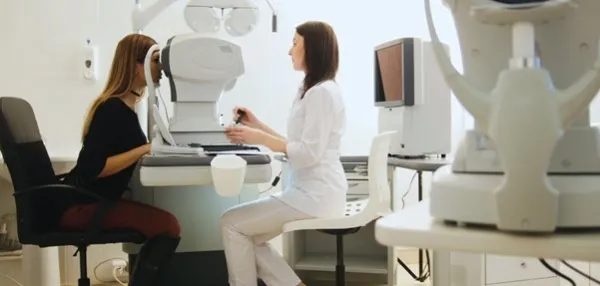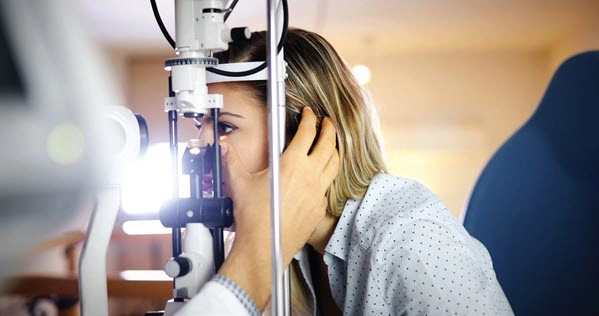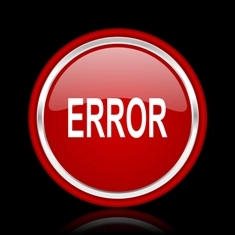Understand Visual Field Test Coding With 4 Quick FAQs
Hint: Always be sure to differentiate 92082 from 92083. Visual field testing (92081-92083, Visual field examination…) is a big component of what many eye care practices do — this test is used on patients from glaucoma suspects to blepharoplasty candidates. Whether you’re a VF coding newbie or a seasoned expert, the answers to these questions that readers have submitted to Ophthalmology and Optometry Coding Alert can help you get all of your deserved reimbursement for these tests. Understand Isopters Question 1: How many isopters do I need to plot on the Goldman perimeter to be able to report CPT® code 92083 (Visual field examination, unilateral or bilateral, with interpretation and report; extended examination (eg, Goldmann visual fields with at least 3 isopters plotted and static determination within the central 30°, or quantitative, automated threshold perimetry, Octopus program G-1, 32 or 42, Humphrey visual field analyzer full threshold programs 30-2, 24-2, or 30/60-2))? Answer 1: A common mistake ophthalmologists make is billing 92082 when they could legitimately report 92083. The key to choosing the correct VF code is in the code descriptors themselves. For example, if the eye care specialist plots only two isopters on the Goldmann perimeter, CPT® would call that “intermediate,” based on its description of 92082. If you plotted three isopters, however, that would be an “extended” examination, which would qualify for 92083. Rule of thumb: An intermediate test is one of the screening tests that you would use if you suspected neurological damage. But ophthalmologists use the threshold exam (92083) when they suspect something that causes a slow, progressive dimming of peripheral vision, like glaucoma. Glaucoma causes a loss of vision like a light bulb slowly becoming dimmer and dimmer, while trauma often causes sudden, complete loss of central or peripheral vision. In screening fields, you are testing whether the retina is “on or off,” while in threshold testing you are testing “how dim a light you can perceive?” You should always document medical necessity for the level of visual field testing that is ordered. It’s never appropriate to plot additional isopters just to boost your code level. Differentiate Unilateral, Bilateral Rules Question 2: Are the visual fields codes unilateral or bilateral? Answer 2: When deciding whether to bill for services “unilaterally,” per eye, or “bilaterally,” for both eyes, the first thing to do is read the code description in CPT®. All of the visual field testing codes have in their description the phrase “unilateral or bilateral.” This means that the payment that has been established for the service is for one or two eyes, and you should only submit a bill for one service — even if the optometrist performed it on both eyes. You should avoid reporting multiple units of the code if you address both eyes, and you also should avoid appending modifier 50 (Bilateral procedure) or the LT (Left side) and RT (Right side) modifiers. Find out When Technical, Professional Components Apply Question 3: How should our optometry practice code a VF ordered by an ophthalmologist outside the practice, which will be sent back to the ordering doctor for interpretation? Answer 3: Report only the technical component of the visual field test if your optometrist performs the test but doesn’t do the interpretation. Append modifier TC (Technical component) to the code to report your work. The ordering ophthalmologist should report their work by appending modifier 26 (Professional component) to the code. Signs and Symptoms May Apply Question 4: What diagnosis codes would we use for a VF test to rule out the possibility of glaucoma if the results revealed no definitive diagnosis? Answer 4: Because the results of the VFs were negative — they did not confirm glaucoma or any condition — you should report the signs and symptoms that prompted the exam, link the diagnosis code(s) to the applicable VF code, and include any additional observations from the VFs in the office notes. Example 1: A patient presents with high intraocular pressure, a sign of glaucoma, and the eye care specialist decides to perform a visual field (VF) examination. The results of the visual field were normal, and the doctor ruled out the possibility of glaucoma. In this case, the appropriate ICD-10 diagnosis code is one of the following, depending on which eye is affected: Some payers require a code from the H40.001-H40.009 (Preglaucoma, unspecified) series when the diagnostic testing does not confirm glaucoma. Your best bet is to check with your local carrier to determine if billing guidelines exist. Example 2: The eye care physician performs visual fields for a patient who presents with high intraocular pressure, open angle, and the VFs confirm the presence of small scotomas in the areas of the VF related to glaucoma. If a patient presents with signs and symptoms of glaucoma, and a VF confirms the condition, you should report the code for the confirmed diagnosis. The VF code should be linked to the appropriate glaucoma ICD-10 code — in this case, one of the following: 





